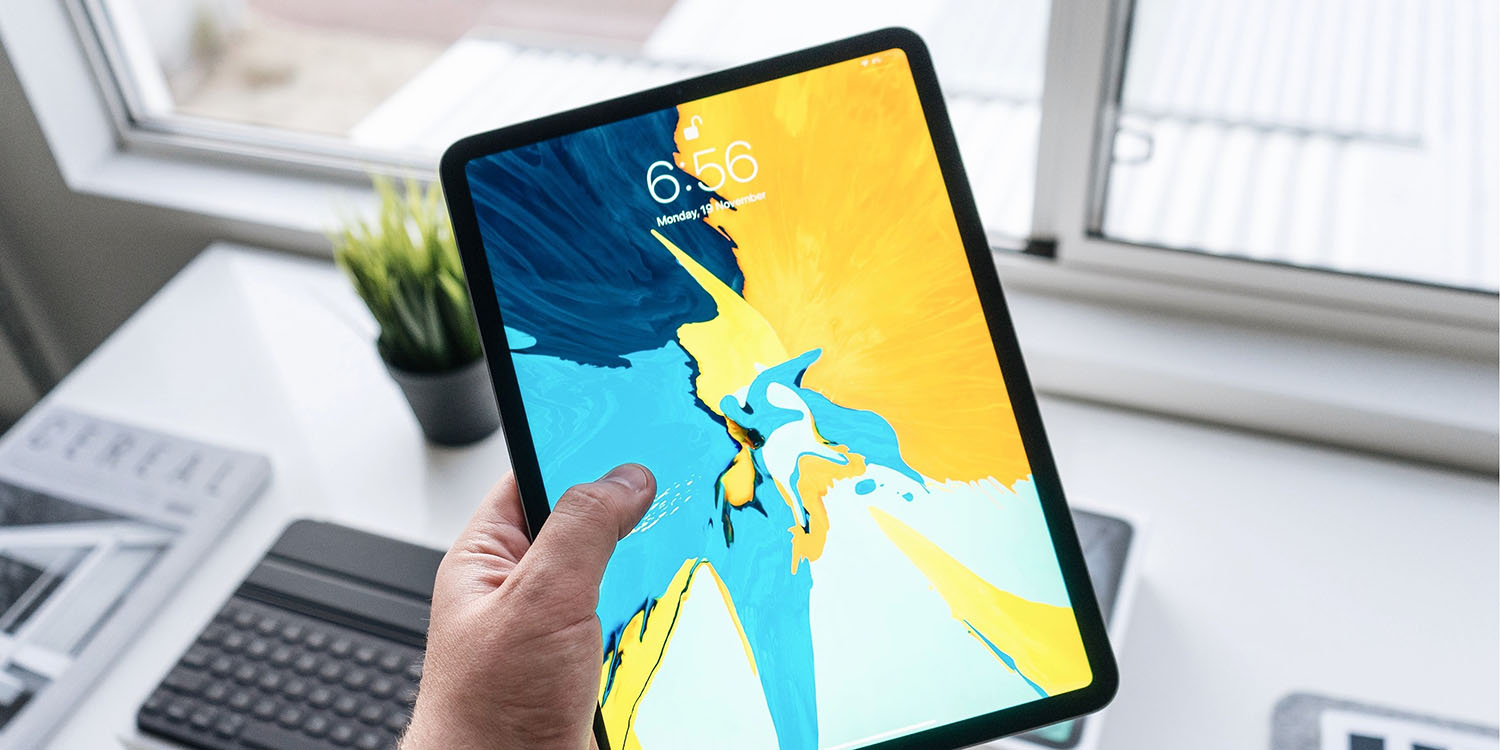
Update: A new report backs the original, stating that Apple is using a new supplier – Taiwan SMT. See brief update below.
It’s still not clear exactly when we can expect to see the first OLED iPad; recent estimates have ranged from 2023 to 2026. But a new supply chain report today suggests that Apple is concerned that the type of OLED used in the Apple Watch and iPhone may not scale well to the iPad …
Specifically, it is worried that iPhone-like OLED panels may show visible warping if used for displays larger than around 10 inches.
iPhones use flexible polyimide film OLED
The first OLED screens were rigid ones, with a glass substrate. Today, most smartphones – including iPhones – use polyimide films in place of glass.
Polyimide film offers a number of significant advantages over glass, including lower cost, easier production processes, lightness, and flexibility.
Although we think of flexible OLED as being useful for curved screens and folding ones, it also makes possible the ultra-thin bezels seen on modern iPhones. The display extends beyond the visible area, and curves back inside the casing, hiding the non-usable edge areas.
First OLED iPad expected to use hybrid screen
Flexible OLED screens do have one drawback, however: They don’t scale well to larger displays. Specifically, part of the production process can create a tiny but visible amount of warping.
The Elec reports that Apple is likely to use a hybrid form of OLED for iPads, for this reason.
Apple is expected to use ‘hybrid’ OLED panels in its first OLED iPad that it will launch a few years from now, TheElec has learned. Hybrid OLED panels refer to OLED panels that use both rigid OLED panel and flexible OLED panel technologies […]
A hybrid OLED panel uses a glass substrate like rigid OLED panels do but also uses the thin-film encapsulation of flexible OLED panels. Sources said Apple isn’t too keen on using flexible OLED panels __ which are mostly used in premium smartphones __ some parts of the screen may look crumpled.
The crumples are likely caused by how flexible OLED panels are made. During their production, glass substrates. Polyimide varnishes in liquid form are deposited on top of the substrate and the glass is later removed through lasers. The remaining solidified polyimide is the plastic substrate. During the laser removable, some parts of the polyimide may be warped from the heat.
On small displays, like iPhones, this warping is too small to be seen by the naked eye. However, it can be just visible on displays larger than 10 inches, making it less suitable for iPads.
Apple may be able to solve this problem, in which case it would be able to use conventional flexible polyimide screens, but right now the expectation is that it will go the hybrid route.
OLED panel makers Samsung and LG are also working on a next-generation tech known as Ultra-Thin Glass (UTG), which might also be ready in time for the first OLED iPad. Currently, this is said to be about a year away from commercial production.
Update: Apple said to be using new supplier
A Digitimes report supports the earlier one from The Elec, and states that Apple will be using a new supplier for the process, Taiwan Surface Mounting Technology (Taiwan SMT), in addition to Samsung and LG.
You can read more here about our expectations for OLED iPads.
Photo: Henry Ascroft/Unsplash
FTC: We use income earning auto affiliate links. More.



Comments